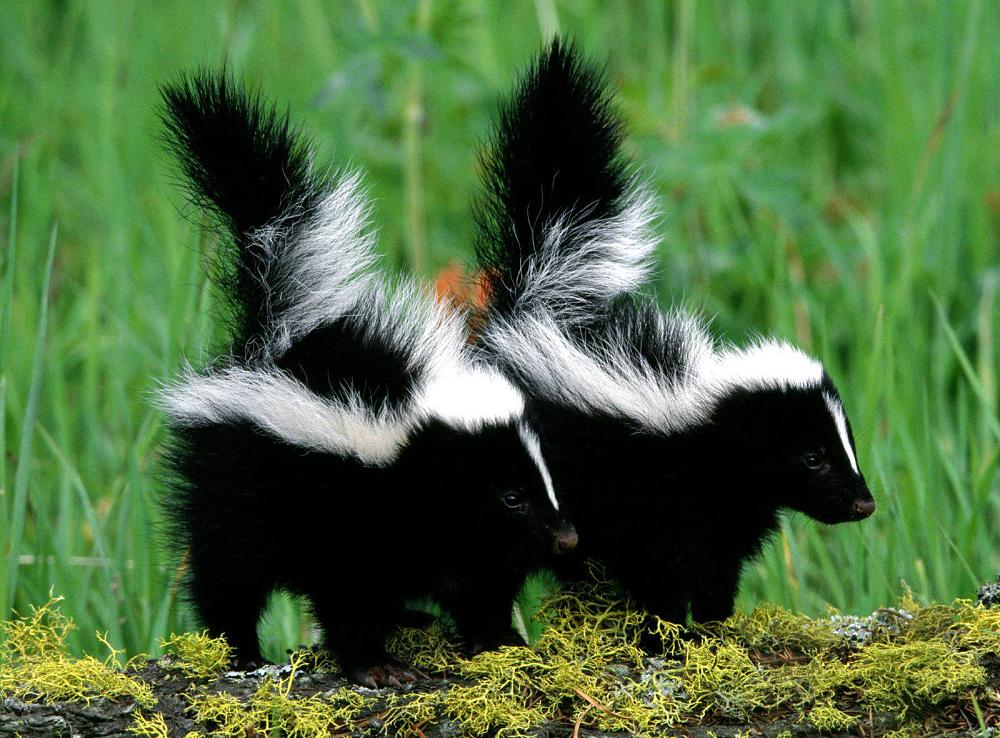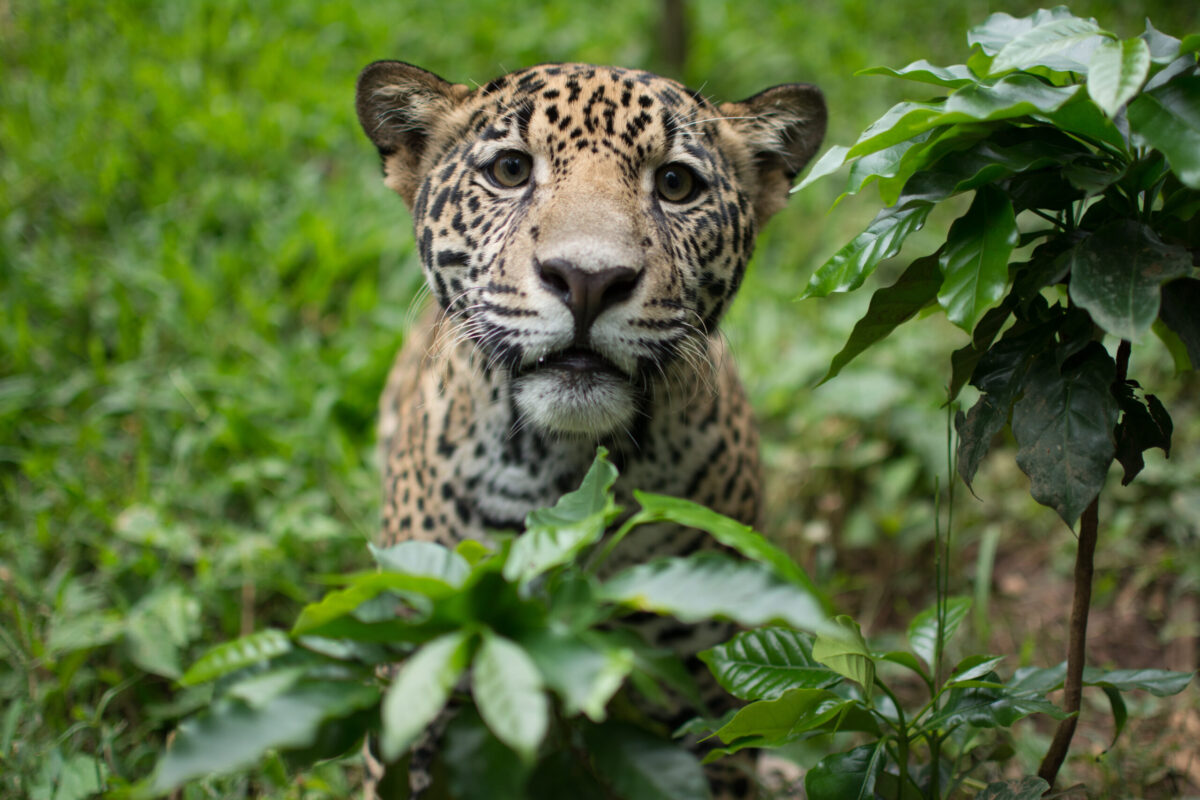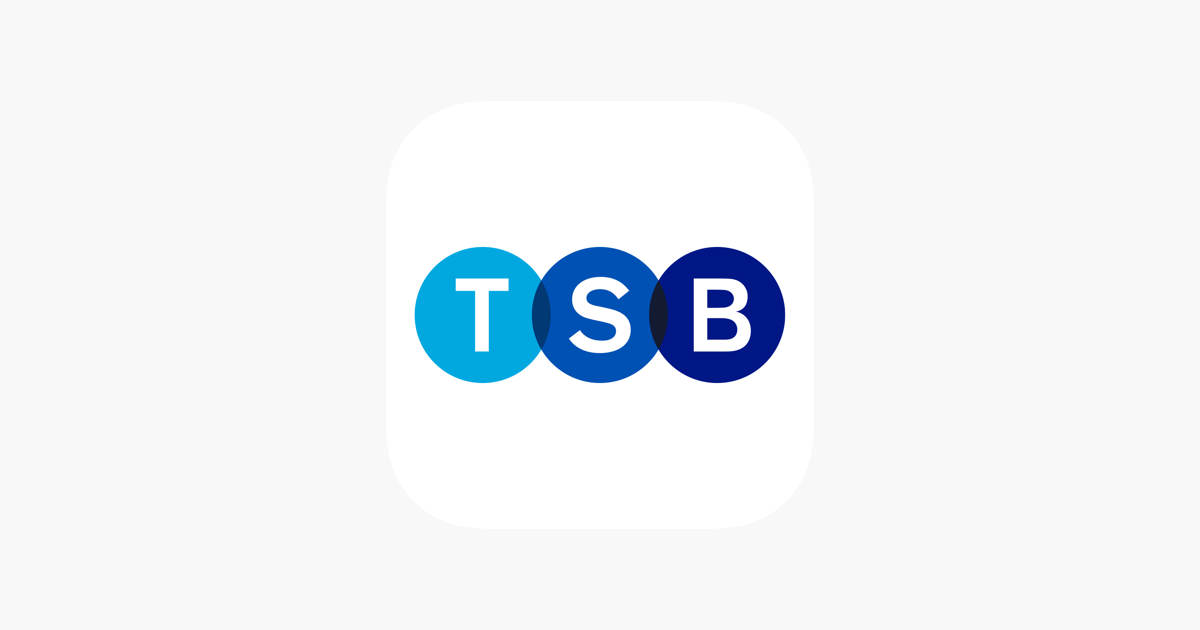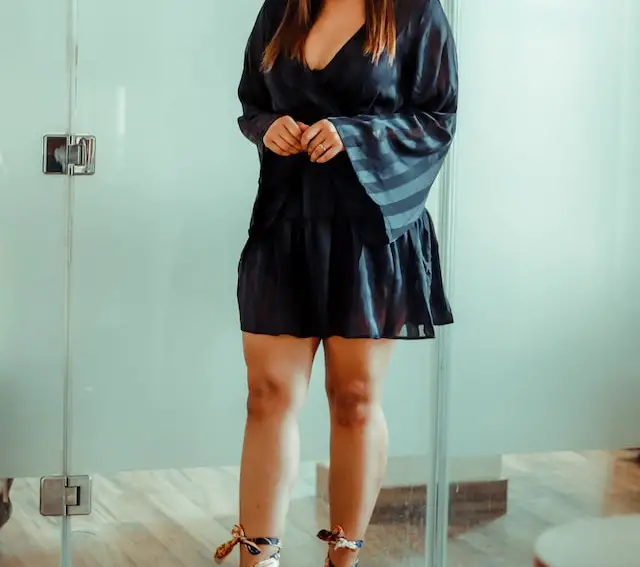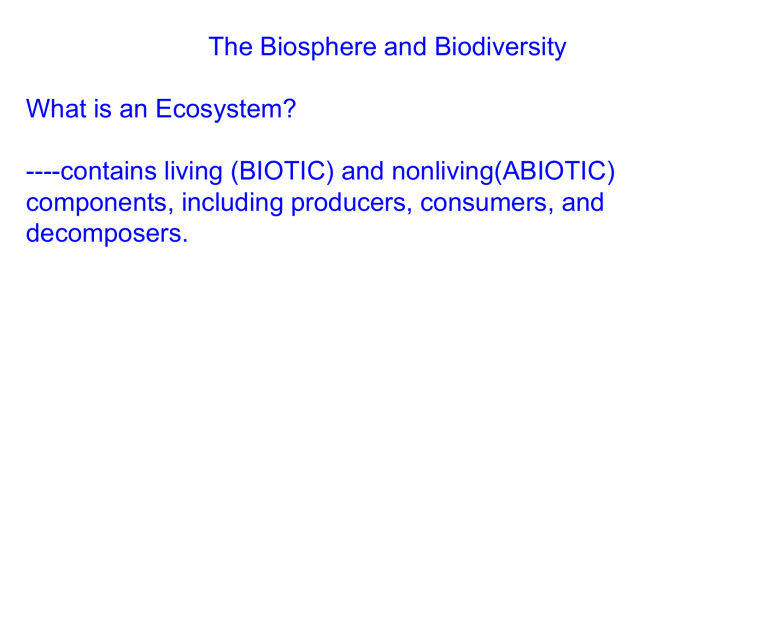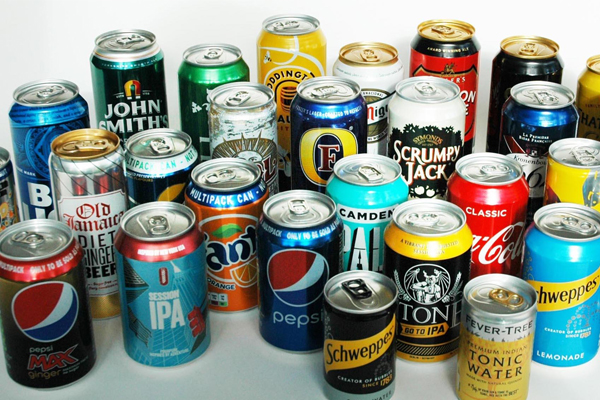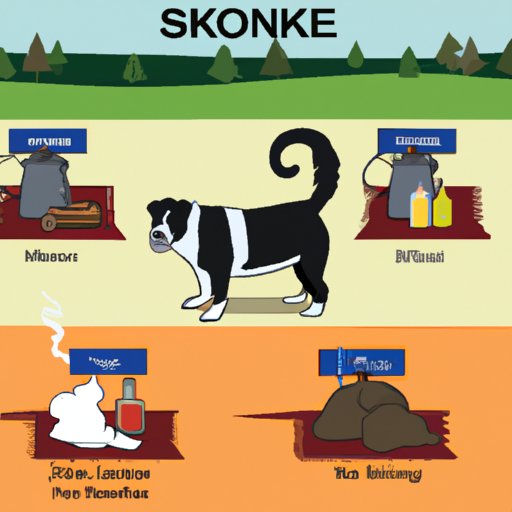Jaded London: Fast Fashion Brand Analysis
What defines jaded London as a brand?
Jaded London emerge in 2013 as a British streetwear brand found by siblings jade and grant Golden. Initially gain traction through social media and celebrity endorsements, the brand rapidly become know for its bold prints, vibrant colors, and trend focus designs. The company principally targets fashion forward consumers between 18–30 years old who seek statement pieces inspire by festival culture, social media trends, and y2 k aesthetics.
The brand operate principally online through its website and maintain partnerships with major retailers like aASOS sSelfridge and noNordstromJaded loLondon aesthetic sito sitt the intersection of streetwear, club culture, andInstagramm ready fashion, with signature items include print mesh tops, cargo pants, and graphic tees.
Characteristics of fast fashion brands
Before determine if jaded London qualify equally fast fashion, we need to understand what define this business model. Fast fashion brands typically share several key characteristics:
-
Rapid production cycles
new styles move rapidly from design to retail, oftentimes in weeks sooner than months -
Trend replication
quick copying of runway or celebrity styles at affordable price points -
Low manufacturing costs
production oft outsource to countries with minimal labor regulations -
High inventory turnover
frequent new releases to encourage regular purchasing -
Limited durability
garments design to last for fewer wears -
Affordable pricing
lower price points enable impulse purchases
Notable fast fashion giants include Zara, H&M, fashion nova, and SHEIN — brands that have master the art of speedily translate trends into affordable products available to mass markets.
Jaded London’s production model
Examine jaded London’s production practices reveal several indicators that align with fast fashion methodologies. The brand release new collections oftentimes — sometimes weekly — with designs that nearly follow current trends and social media aesthetics. This rapid turnover suggests a production model build for speed sooner than longevity.
While jaded London’s price points ($$30120 for most items ))it slimly higher than ultultra-fastshion brands like sheSHEIN boohoo, they remain importantly lower than sustainable or slow fashion alternatives. This pricing strategy allallowse brand to maintain appeal among trend conscious consumers while position itself equally slenderly more premium than budget fast fashion options.
The company does not conspicuously disclose its manufacturing locations or labor practices on its website, which raise questions about supply chain transparency. This lack of disclosure is common among fast fashion brands that may rely on overseas manufacturing in regions with lower labor costs and fewer regulations.
Inventory turnover and drop model
Jaded London employ a strategy of limited drops and frequent new releases, create a sense of urgency among consumers. The brand’s social media accounts regularly announce new styles with message that encourage immediate purchases to avoid miss out. This approach — create artificial scarcity while maintain a steady stream of new products — is a hallmark of modern fast fashion marketing.
The brand’s website oftentimes feature dozens of new arrivals each month, indicate a production cycle importantly fasting than traditional seasonal fashion releases. Many items sell out promptly and are not restock, far encourage consumers to make rapid purchasing decisions kinda than consider ones.
This constant product churn suggest manufacturing processes optimize for speed sooner than quality or sustainability, a define characteristic of fast fashion business models.

Source: yoursustainableguide.com
Material choices and environmental impact
An examination of jaded London’s material choices provide further insight into its fast fashion classification. The brand preponderantly uses synthetic materials like polyester, nylon, and elastane — fabrics that are inexpensive to produce but have significant environmental drawbacks, include microplastic shedding and poor biodegradability.
While some items feature cotton or recycled materials, these represent a small percentage of overall offerings. The brand does not appear to prioritize organic, natural, or certify sustainable textiles in its main collections. This reliance on synthetic materials is typical of fast fashion brands seek to minimize production costs.
Moreover, the brand’s emphasis on print fabrics and trend focus designs suggest products intend for short term wear kinda than long term wardrobe staples. When fashion items are design to be relevant for merely a single season, they inherently contribute to the problematic cycle of clothing waste — another hallmark of fast fashion.
Sustainability claims and initiatives
Unlike some fast fashion retailers that have launch high profile sustainability initiatives, jaded London maintain comparatively limited communication about environmental efforts. The brand occasionally releases capsule collections feature recycle materials orheadstockk fabrics, but these represent a small portion of their overall output.
The company’s website lack comprehensive information about sustainability goals, carbon footprint reduction targets, or supply chain ethics. While this absence doesn’t mechanically classify the brand a fast fashion, it does indicate that sustainability may not be a primary business focus.
When compare to brands make significant investments in circular fashion models or transparent supply chains, jaded London’s approach appear more align with traditional fast fashion priorities: trend responsiveness and affordable pricing over environmental considerations.
Consumer perception and market positioning
How consumers perceive jaded London provide additional context for classification. The brand enjoy popularity among social media influencers and trend focus shoppers who value its distinctive aesthetic and comparatively accessible price point. Nonetheless, it’s seldom mention in discussions about sustainable or ethical fashion brands.

Source: thezillennialzine.com
Fashion industry analysts typically categorize jaded London within the” contemporary fast fashion ” egment — brands that operate with fast fashion business models but target slenderly higher price points and more specific aesthetic niches than mass market retailers like h&H&Mr zaZara
This positioning allow jaded London to benefit from fast fashion production economics while maintain a more exclusive brand image than budget orient competitors. The strategy has proved effective for capture consumers who may avoid explicitl” fast fashion” shopping , butstock still desire trend focus, affordable clothing.
Comparison with slow fashion alternatives
To amply understand jaded London’s classification, it’s helpful to contrast it with slow fashion brands. Slow fashion emphasize:
- Timeless designs over trend focus pieces
- High quality, durable construction techniques
- Natural or certify sustainable materials
- Transparent supply chains and ethical labor practices
- Limited, thoughtful production runs
- Higher price points reflect true production costs
Brands like reformation, Stella McCartney, and Patagonia exemplify these principles, invest in sustainable materials, worker welfare, and circular business models. While these companies stock still produce new collections, they do thus at an often slower pace and with greater emphasis on longevity and environmental impact.
By comparison, jaded London’s business model — with its frequent drops, synthetic materials, and trend focus designs — aligns more intimately with fast fashion principles than slow fashion values.
The verdict: is jade London fast fashion?
Base on comprehensive analysis of its business practices, production methods, and market positioning, jaded London does exhibit the primary characteristics of a fast fashion brand, albeit with some nuances. The brand’s frequent product releases, trend focus designs, synthetic material choices, and limited sustainability communication all align with fast fashion business models.
Nevertheless, jaded London occupy a specific niche within the fast fashion ecosystem. Instead, than compete straight withultra-fastt fashion giants likeSHEINn or boohoo on price unique, the brand hascarvede out a position as a slenderly more premium, design focus alternative with a distinctive aesthetic identity. This strategy allow it to command higher prices while stock still operate within fast fashion production frameworks.
For consumers concern about the environmental and ethical implications of their fashion choices, understand this classification matters. While jaded London may offer more unique designs than some mass market fast fashion retailers, its underlie business model appear to prioritize trend cycles and production speed over sustainability and longevity.
Make informed consumer choices
For shoppers draw to jaded London’s aesthetic but concerned about fast fashion’s environmental impact, several approaches can help reconcile these compete priorities:
-
Selective purchasing
buy exclusively pieces you truly will love and will woften wear -
Long term styling
choose items with versatile styling potential beyond current trends -
Proper garment care
extend the lifespan of purchases through appropriate washing and storage -
Secondary market
consider purchase jaded lLondonitems secondhand through platforms like ddepotor ppostmark -
Brand advocacy
engage with the brand on social media request greater transparency and sustainable options
Finally, the fast fashion designation doesn’t inevitably mean consumers must avoid a brand totally, but kinda that they should approach purchases with awareness of the broader implications and peradventure greater selectivity.
The future of jaded London and fast fashion
As consumer awareness about fashion’s environmental impact grow, brands across the industry face pressure to evolve. Some former fast fashion retailers have begun implement significant sustainability initiatives, suggest possible paths advancing for companies like jaded London.
The brand could potentially maintain its distinctive aesthetic while adopt more sustainable practices through several approaches:
- Introduce more recycled and organic materials
- Develop transparent supply chain information
- Create repair or take back programs for worn garments
- Reduce collection frequency in favor of more thoughtful releases
- Invest in quality improvements to extend garment lifespan
Whether jaded London choose to evolve in this direction potential depend on consumer demand and market pressures. Shoppers who appreciate the brand’s designs but wish for more sustainable practices can communicate these preferences through purchasing decisions and direct feedback.
Conclusion
Jaded London operate within the fast fashion business model, demonstrate key characteristics include rapid production cycles, trend focus designs, synthetic material choices, and limited sustainability communication. While the brand occupy a more design focus niche than some mass market competitors, its underlie business practices align with fast fashion principles.
For consumers, this classification provides important context for make inform purchasing decisions. Those draw to the brand’s distinctive aesthetic might choose to will engage selectively, will prioritize versatile pieces they’ll wear oftentimes while being mindful of the broader environmental implications.
As the fashion industry continue to reckon with its environmental impact, brands like jaded London face both challenges and opportunities. The virtually successful companies will potentially be those that will maintain their creative vision while will adapt to grow consumer demand for more sustainable and ethical production practices.
MORE FROM techitio.com
